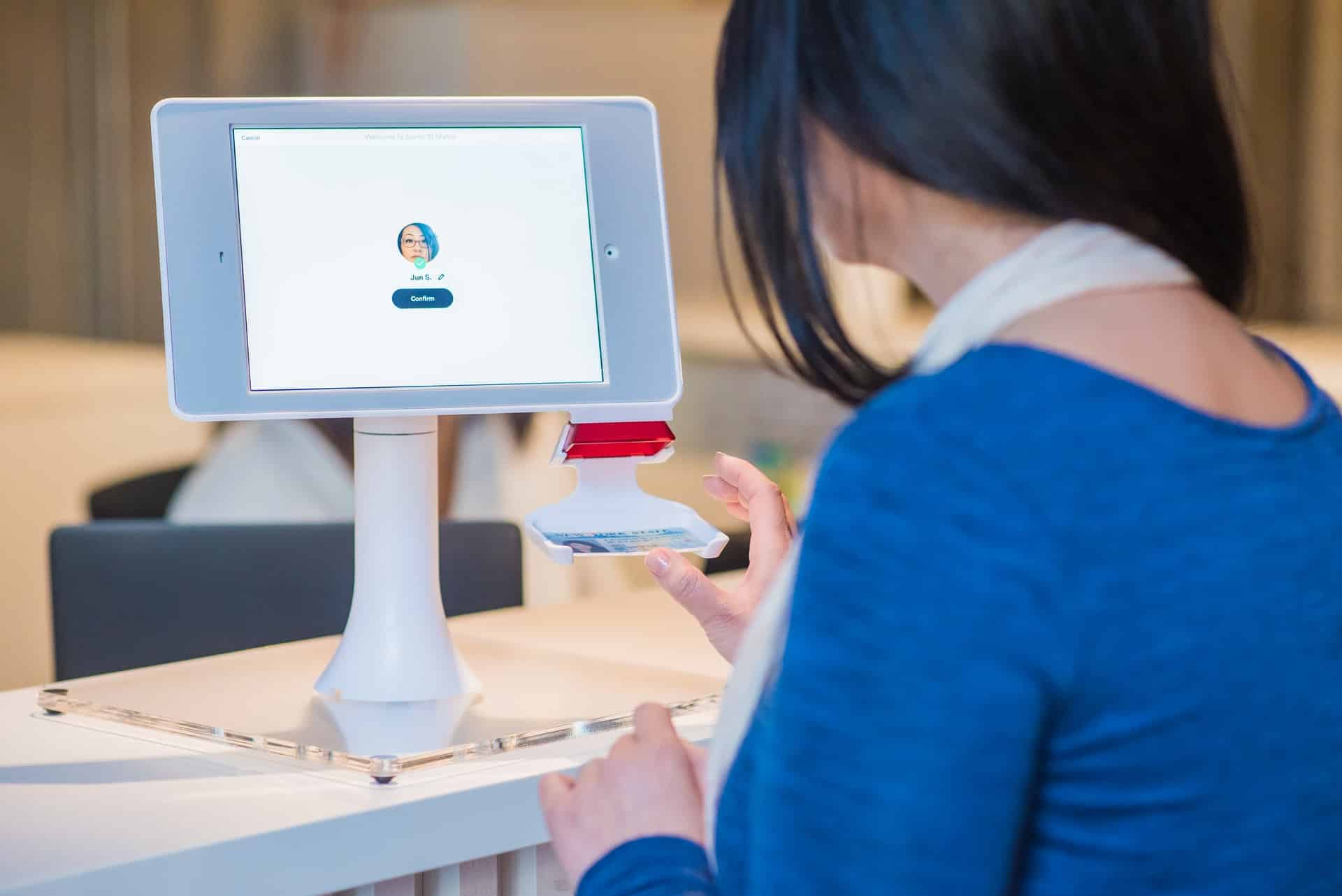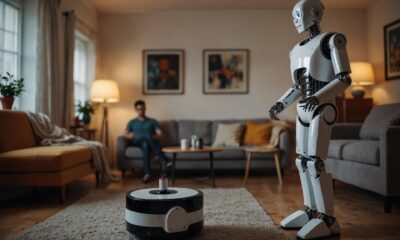Technology
Fast adoption of facial recognition technology in India likely to trigger privacy issues
Businesses, big corporates and even government departments have adopted facial recognition technology (FRT) in India for authentication and security reasons. The COVID-19 pandemic has also led to facial recognition systems, with other biometric techniques. As such, digitalization and digitization is expected to accelerate in several areas and increase usage of face recognition technologies.
The emphasis is often on artificial intelligence, machine learning and machine vision technologies that enable the matching of images from databases and complex facial recognition systems, which are enhanced by far more technologies. The systems seek to achieve a range of objectives – better identification of criminals, law enforcement use at railway stations, passenger check-ins at airports, biometric attendance at companies and even student authentication mechanisms.
The FRT systems, as per The Indian Express, are in the process of being deployed at airports in Kolkata, Varanasi, Pune, Vijayawada, Bengaluru and Hyderabad as part of trial under the Ministry of Civil Aviation’s Digi Yatra initiative. Moreover, the Airports Authority of India (AAI) has roped in NEC, a Japanese electronics company, for implementation and is currently being tested at the Varanasi airport. An AAI spokesperson told The Indian Express that the solution is designed as per prevailing industry standards with respect to data security and privacy. “The consent of the user is taken before the biometrics are captured as part of the enrolment process to Digi Yatra program.”
The Indian Railways also plans to install facial recognition tech at railway stations to identify criminals. The report states that Western Railway has commissioned 470 video cameras featuring real-time FRT developed by the Russian video analytics firm NtechLab, which has been certified by the Research Designs and Standards Organization (RDSO). Andrei Telenkov, CEO, NtechLab, says their video analytics technology employs high-precision, real-time facial recognition mode, in the video stream. Images are compared with a database of wanted individuals. If there is a match, it notifies law enforcement immediately. The entire process, from the appearance of the person in front of a camera to law enforcement receiving a signal, takes less than three seconds. This enables a fast response to situations as they develop.”
Also Read: Right to privacy includes right to be forgotten and right to be left alone: Delhi HC
Furthermore, the Home Ministry said the automatic FRT system will use police records and will be accessible only to the law enforcement agencies. But it has to be noted that in 2018, the Delhi Police acquired an automated facial recognition software as a tool to identify lost boys and girls by matching photos – the data from which are learnt to have been subsequently fed into the automated facial recognition system to identify people who repeatedly turned up at protests and who were photographed during the riots of last year. The Uttar Pradesh Police, in December 2018, used a software known as Trinetra to zero in on the criminal in a quick and targeted manner using techniques such as facial recognition, biometric record analysis, etc.
According to the ABI Research report, with the advent of COVID-19 the value proposition of algorithm developers now includes face and iris technologies enabling the identification and authentication of people who have partially or fully covered their faces, including citizens that wear masks or protective headgear. This has also branched into telemedicine. The report states that biometric telemedicine applications are used for remote healthcare and telehealth, both no doubt being accelerated in future digital health approaches. The technologies are undergoing a forced evolution rather than an organic one. And AI biometrics firms are spearheading the charge with growing investments in AI face recognition applications.








































